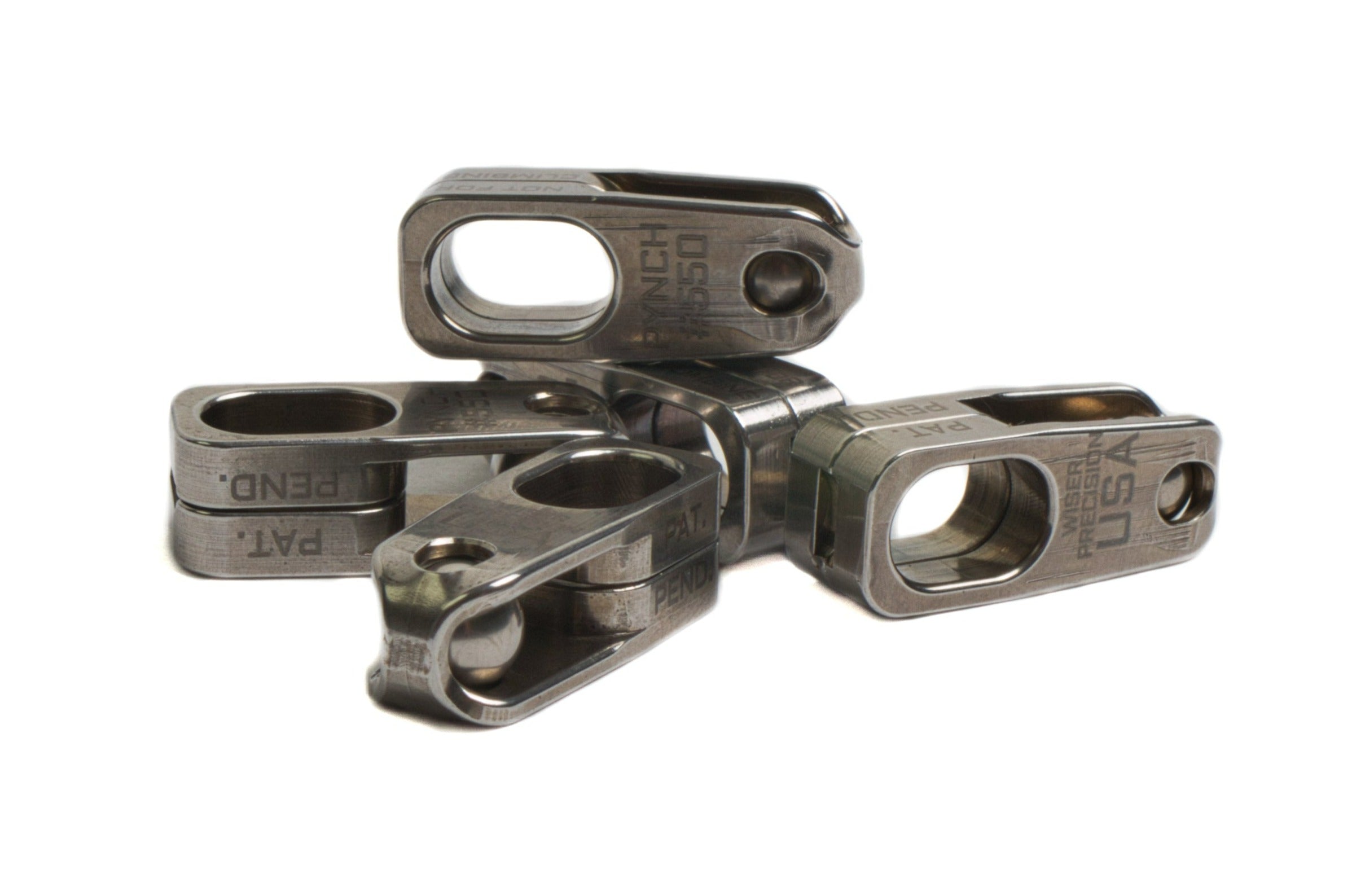When I was the the Hunt Expo in SLC, one of the new products that really caught my eye was these tiny pulleys. They had a a demonstration set up and I just had to stop.
These little pulleys weigh in at .2 ounces each and have a rating of 1500 pounds! I had to walk away with a few. I can see multiple uses for these little guys well beyond hunting. I can see them helping get a Raft off of a boulder in a river, or having some help in lifting something in the truck. While hunting, I can see them useful in yarding up a dead animal uphill to a better spot to debone it. I can also see a use for hanging meat or a carcass as well.
I have setup the 4 pulleys with loops and still playing around on the best setup. I also want to make a loop on a longer piece of dyneema to throw over a limb.
What do you see these useful for in the field and how would you set them up?
Here is how I set it up in a 3:1 mechanical advantage with 2 pulleys.

Here is 3 pulleys that is 3.1 with a change of direction ( pulling downhill instead of up)

And here is my son demonstrating lifting a 75 pound weight

I’ll get some better pictures on the pulleys tomorrow.
These little pulleys weigh in at .2 ounces each and have a rating of 1500 pounds! I had to walk away with a few. I can see multiple uses for these little guys well beyond hunting. I can see them helping get a Raft off of a boulder in a river, or having some help in lifting something in the truck. While hunting, I can see them useful in yarding up a dead animal uphill to a better spot to debone it. I can also see a use for hanging meat or a carcass as well.
I have setup the 4 pulleys with loops and still playing around on the best setup. I also want to make a loop on a longer piece of dyneema to throw over a limb.
What do you see these useful for in the field and how would you set them up?
Here is how I set it up in a 3:1 mechanical advantage with 2 pulleys.

Here is 3 pulleys that is 3.1 with a change of direction ( pulling downhill instead of up)

And here is my son demonstrating lifting a 75 pound weight

I’ll get some better pictures on the pulleys tomorrow.
Last edited:







